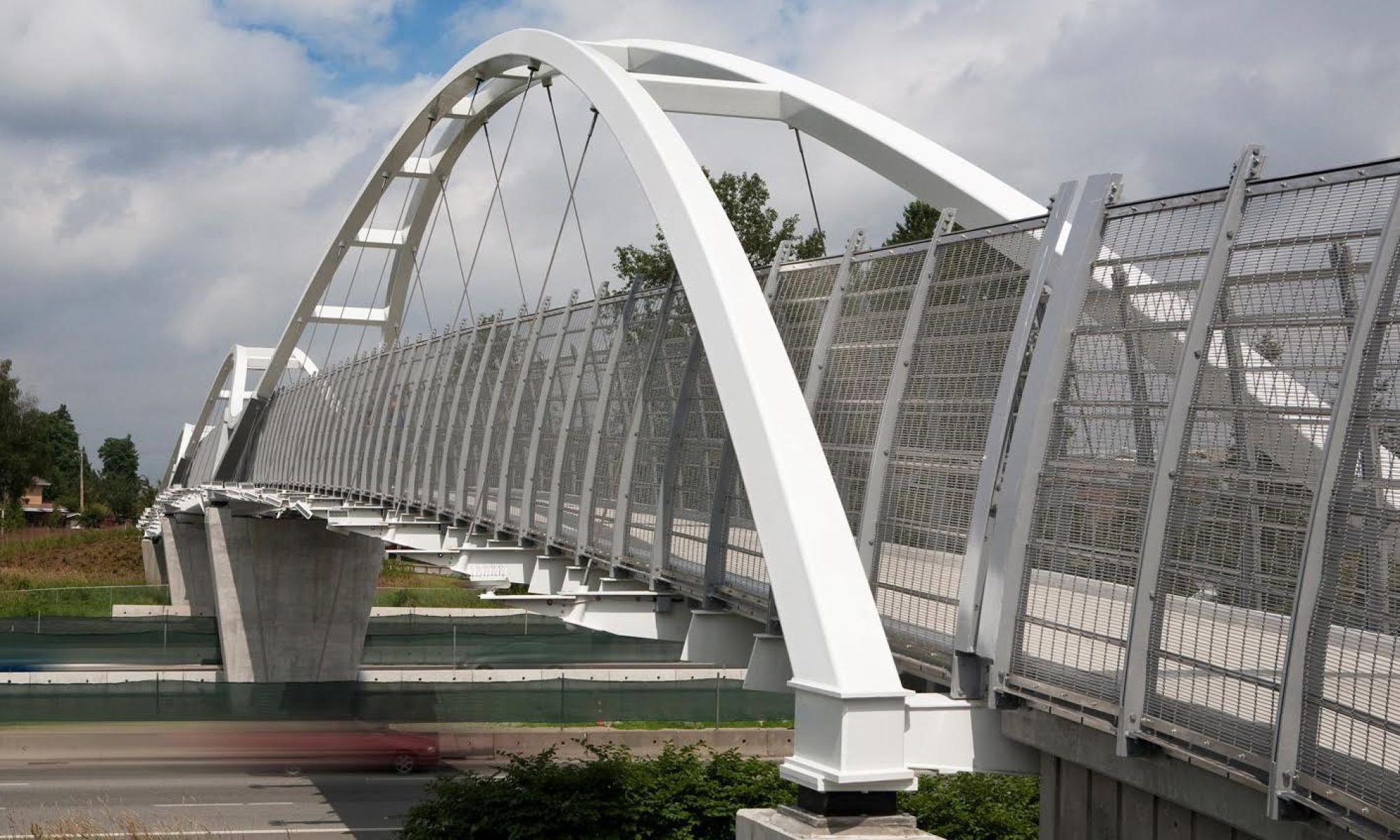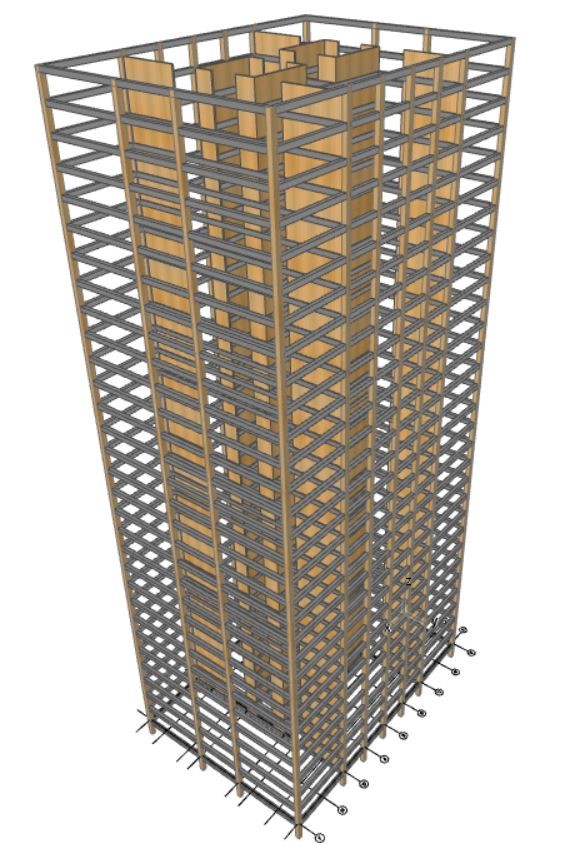Description
A rapid growth of urban populations and associated environmental concerns are challenging city planners and developers to consider sustainable building systems. In response, with new cross laminated timber (CLT) and glulam timber technology, mid- and high-rise timber buildings are becoming attractive solution. Current prescriptive design approaches in the NBCC-2015, however need additional provisions to cover the unique design challenges posed by such tall timber-based hybrid buildings. These challenges span from: a lack of seismic force modification factors calibrated with the notion of collapse risk, to a lack of wind design guidelines to satisfy the serviceability and strength criteria.
In the first part of the talk, the current state-of-the-art in timber-based hybrid systems (e.g., timber-steel and timber-concrete) together with ongoing design and research challenges will be presented.
The second part of the talk will focus on findings of a recently completed project sponsored by the Forestry Innovation Investment’s (FII) Wood First Program. In the project, new force modification factors to supplement the NBCC 2015 are developed using the FEMA P-695 collapse risk approach. These factors will be presented together with the associated collapse risks obtained through nonlinear dynamic analysis. It will highlight the rigorously selected ground motions for Vancouver related seismicity in congruence with the 2015 NBCC code.
Tall timber-based hybrid buildings with wood panels for lateral and gravity systems seldom experience deflection related serviceability problems. The last part of this talk will highlight: results of the aerodynamic and aeroelastic wind tunnel tests carried out 10-, 15-, 20-, 30-, and 40-stories models of hybrid tall wood building models, and some mitigation strategies to reduce the wind induced peak floor accelerations.
Presenter: Dr. Solomon Tesfamariam, PEng, PhD, Professor at UBC School of Engineering
Date: Wednesday, May 8
Time: Refreshments at 6:00 pm; Presentation at 6:30 pm
Venue: Theatre C300, UBC Robson Square, 800 Robson Street, Vancouver
Brochure


